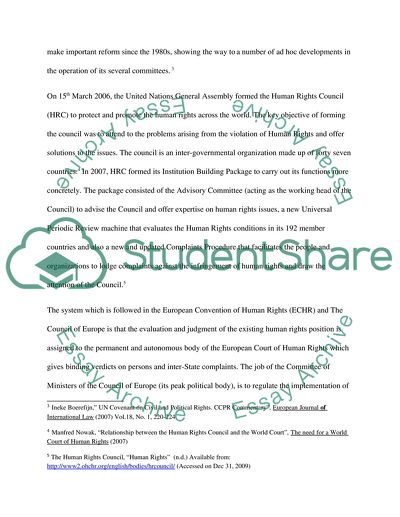Cite this document
(United Nations System for the Protection of Human Rights Research Paper, n.d.)
United Nations System for the Protection of Human Rights Research Paper. Retrieved from https://studentshare.org/social-science/1731785-un-system-for-the-protection-of-human-rights
United Nations System for the Protection of Human Rights Research Paper. Retrieved from https://studentshare.org/social-science/1731785-un-system-for-the-protection-of-human-rights
(United Nations System for the Protection of Human Rights Research Paper)
United Nations System for the Protection of Human Rights Research Paper. https://studentshare.org/social-science/1731785-un-system-for-the-protection-of-human-rights.
United Nations System for the Protection of Human Rights Research Paper. https://studentshare.org/social-science/1731785-un-system-for-the-protection-of-human-rights.
“United Nations System for the Protection of Human Rights Research Paper”, n.d. https://studentshare.org/social-science/1731785-un-system-for-the-protection-of-human-rights.


